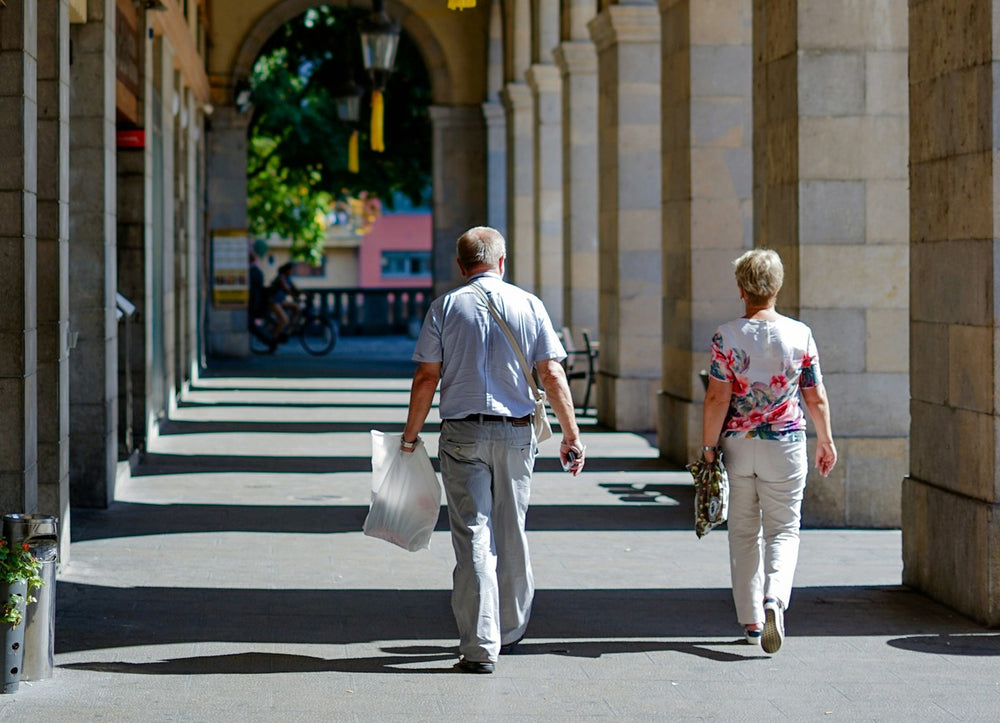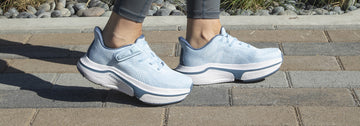LEARNING TO WALK AFTER A STROKE


Posted by:
Johannes Sauer
Reviewed by:
Updated at: September 05, 2024
CHECK OUT THE LATEST IN ADAPTIVE FOOTWEAR...
FAQ
HOW LONG DOES IT TAKE TO LEARN TO WALK AGAIN AFTER A STROKE?
WHAT ROLE DOES PHYSICAL THERAPY PLAY IN WALKING RECOVERY POST-STROKE?
CAN USING MOBILITY AIDS HINDER THE NATURAL WALKING RECOVERY PROCESS?
ARE THERE SPECIFIC EXERCISES FOR IMPROVING BALANCE AFTER A STROKE?





![[color: black] Original Men's Adaptive Shoe](http://cadense.com/cdn/shop/files/Mens-BLK-T1-LG.jpg?crop=center&height=300&v=1765338442&width=300)
![[color: white] Original Women's Adaptive Shoe](http://cadense.com/cdn/shop/files/Womens-WHT-T1-LG.jpg?crop=center&height=300&v=1765381322&width=300)





